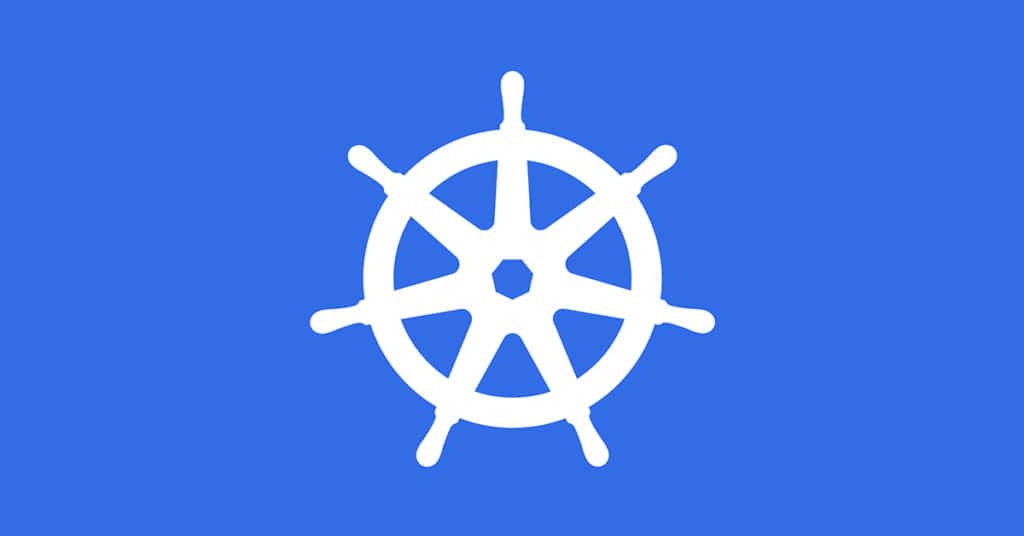Google has been a leader in the adoption of containers and their utilization at scale for a very long time. Many of their services – search, GMail, and Maps – run in containers and Google has been generous to share their enormous experience with the challenges of administering software at scale (much as they did with groups and the advancements provided in libcontainer). The result is Kubernetes.
What is Kubernetes?
Kubernetes keeps state in a centralized store that interfaces with other, domain-specific, components. It is possible to access those components using a REST interface, which supports versioning, validation, semantics, and policy. This allows for the program to be broken into a number of peers, rather than funneling every change through a monolithic centralized master. These changes allow Kubernetes to support a more diverse array of client, and to put an increased emphasis on developers as they prepare applications to run in the cluster. To say that Kubernetes has been aggressively adopted would be an understatement. While there are other systems with similar goals, as of 2019, Kubernetes has effectively won the Orchestration wars. It is used for running frontend and backend web systems, batch jobs, stateful applications (such as databases, search engines, and others), and big data workloads.
Key Benefits of Kubernetes
By implementing DevOps practices as part of its core design, Kubernetes provides many important benefits:
Shared Infrastructure: Through its component abstraction, Kubernetes allows the operations team to consolidate many workloads onto the same infrastructure. It is capable of hosting a wide variety of workloads including traditional stateful/stateless applications, data processing, machine learning, and others. This allows organizations to consolidate their computing infrastructure, allowing better utilization of their hardware and cost savings.
Automation: Kubernetes provides a set of constructs and components that can be used to build applications, monitor their status, and take action if the described state falls out of alignment with the actual state; all without the need for administrators to intervene.
Consistency: Because Kubernetes leverages containers, it is possible to utilize the same software build artifacts in development, staging, and production. This minimizes differences in environments and makes it easier to replicate problems and handle deployments.
Flexibility and Portability: Kubernetes provides an important level of abstraction that allows for applications to be uncoupled from physical resources such as storage. This allows for containers to be quickly moved from one node to another, or even one cluster to another.
Scalability: Kubernetes makes it easy to deploy containers to computing clusters and scale applications as needed. The number of application instances can be set via configuration, or dynamically based on resource consumption.
Reliability: Kubernetes has redundancy and failover built in. It can actively monitor the state of applications that have been deployed and will relaunch applications which are no longer “healthy” (health and readiness checks are managed through the use of “liveness” and “readiness” probes).
Resiliency: Applications deployed to traditional environments often have a single point of failure. Hardware failure, network outage, or the main process becomes unresponsive can all cause the application to go offline. Because of its clustered and distributed nature, however, applications deployed to Kubernetes can be made highly available through redundancy.
Isolation: Despite running on shared infrastructure, Kubernetes isolates containers and applications. Processes are isolated within containers, file systems are isolated within pods, network resources are isolated within namespaces and can be enforced using network policies; and everything is tied to users and groups with permissions that can be managed centrally.
Observability: Kubernetes provides multiple ways to enhance the visibility of applications running within the cloud environment. It provides interfaces for monitoring, logging, tracing, and metrics to help developers and operations engineers understand what the system is doing and how behavior might be improved.
Start Your Transformation with DVO Consulting! Implement Kubernetes to Consolidate Your Workloads
Contact us to learn more about the open-source container and how DVO Consulting can help you with your business processes. Our team of engineers will discuss your unique needs and how we can help run your operations and consolidate workloads with Kubernetes.

